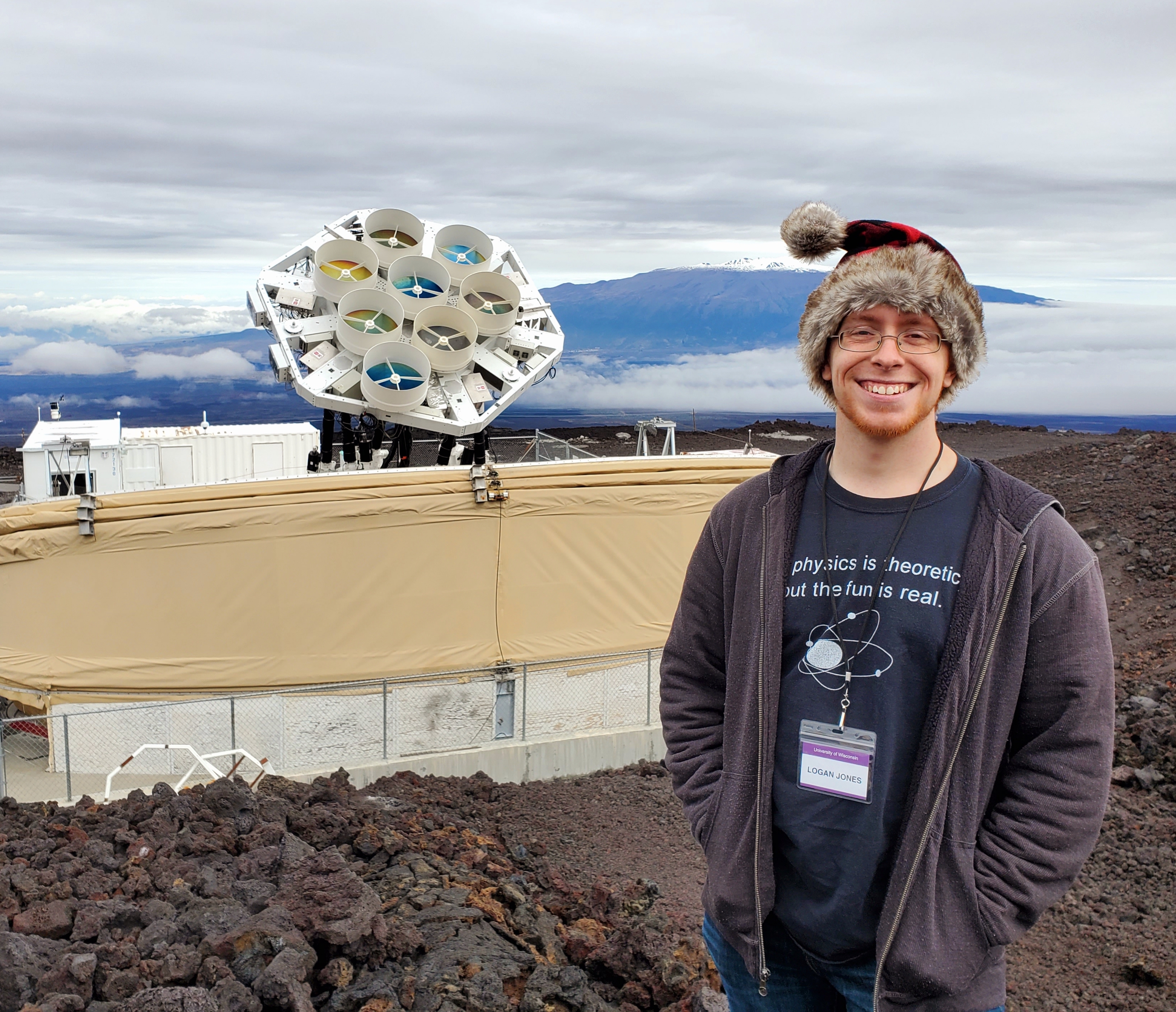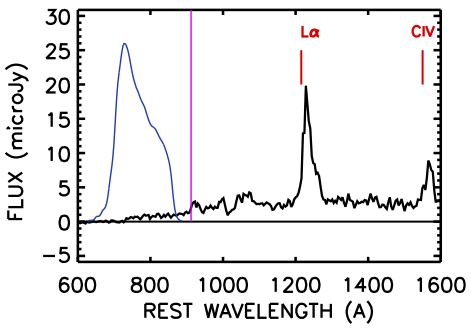
Extragalactic Star Clusters
Measuring the metallicity of stars gives a different view on the past life of galaxies than looking at ionized gas. I wrote a Python code for Simultaneous Estimates of Star-cluster Age, Metallicity, Mass, and Extinction (SESAMME), which you can read more about by following the button below. I use SESAMME and other tools to understand how fast metals are recycled into new star clusters, based on spectroscopy in the optical and ultraviolet toward relatively nearby galaxies.
Learn more


